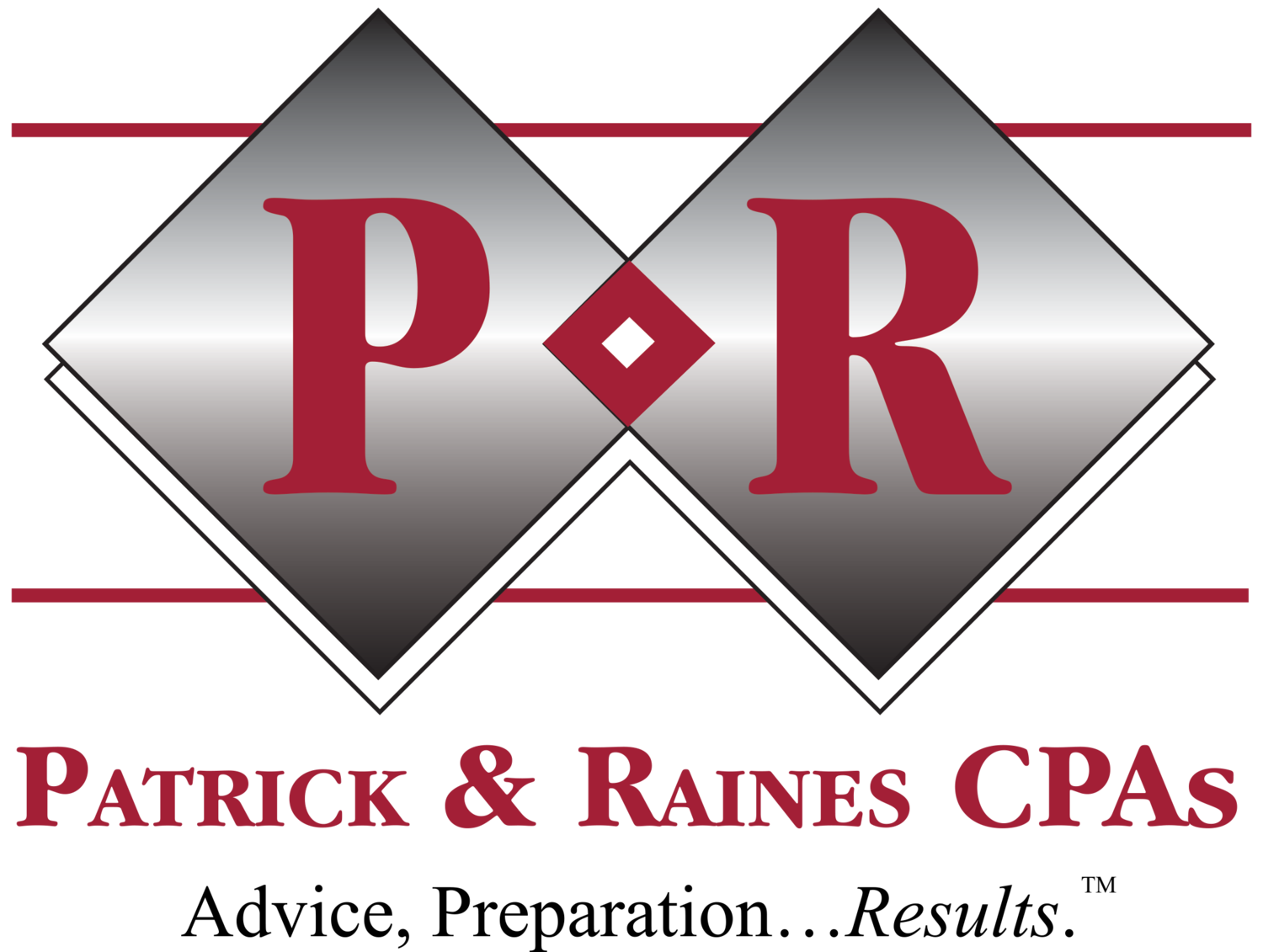Stop Paying all that Self-Employment Tax!
Don’t you just hate seeing a percentage of your paycheck disappear, only to pad good ol’ Uncle Sam’s bank account? After withholding it from your gross earnings, the IRS deposits its portion of your hard-earned money according to FICA (Federal Insurance Contributions Act), which in turn supplements the Social Security and Medicare programs. Equal to your tax contribution, each payday your employer must also remit matching business tax funds to the IRS.Self-employed? The IRS requires anyone making $400 or more in self-employment earnings to pay self-employment taxes, which equal twice the amount an employee pays to FICA. Another example of the government picking on small business? Not really; when you own a business, you’re considered an employer and an employee, so your tax contribution represents both payments to Social Security and Medicare.According to the IRS, any earned income for which you receive a Form 1099, or don’t receive any tax forms at all, is considered self-employment income. This can include:
- Income from a home-based business;
- Income from a business you own, unless payroll taxes have already been deducted;
- Income from freelance work;
- Income earned as an independent contractor;
- Any other untaxed earned income.
A percentage of your net income from self-employment activities stands subject to self-employment tax. After subtracting allowable business deductions, your net self-employment income remains subject to self-employment tax, however to reduce your exposure:
- Establish your company as an S Corporation.
If you register your business as a corporation or LLC, you may apply to the IRS to request S Corporation status. With an S Corporation, you may pay your own wages and claim additional income as a distribution. Provided that the IRS deems your total income as fair, the distribution portion of your salary will be exempt from self-employment tax, however you must still pay income tax.
- Take every available business deduction on your Schedule C form.
On a tax return, use schedule C to report income or loss from a business you operate or a profession you practice as a sole proprietor. By taking all allowable deductions, your net profit will decrease accordingly. After expenses are subtracted, schedule SE calculates the amount of self-employment tax you owe. A lower net profit number will result in a lower self-employment tax obligation.
Since IRS income tax rules and regulations often appear daunting when preparing your business tax return, learn more about self-employment calculations and deductions at: https://www.irs.gov/businesses/small-businesses-self-employed/self-employment-tax-social-security-and-medicare-taxes.If you need a proven tax accounting firm to assist with your individual or business tax preparation, or financial planning, our team is available to assist you. Contact us at Office@CPAsite.com or 904-396-5400.

